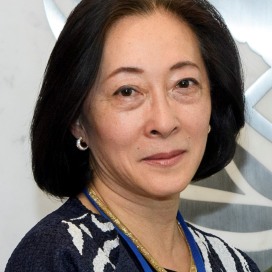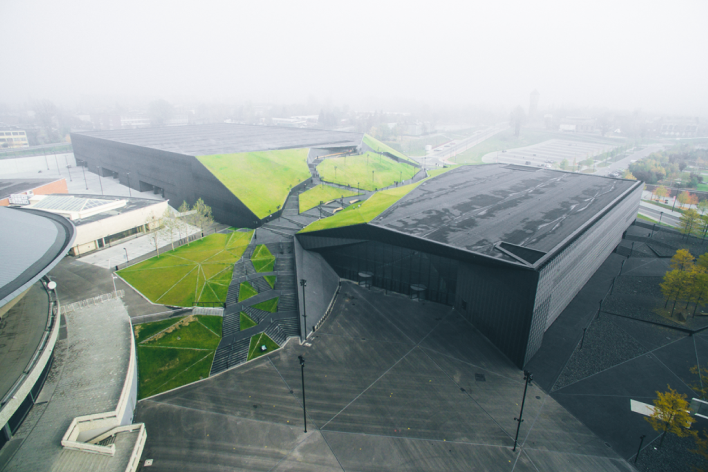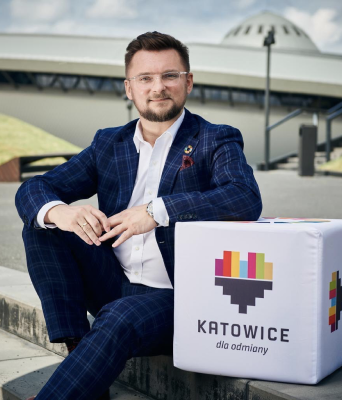
UNDRR | Special Representative of the United Nations Secretary-General for Disaster Risk Reduction and Head of UNDRR
26–30 June 2022
Transforming our cities for a better urban future
The theme of WUF11, Transforming our Cities for a Better Urban Future, will provide greater insights and clarity on the future of cities based on existing trends, challenges and opportunities, as well as suggest ways cities can be better prepared to address future pandemics and a wide range of other shocks.
The long-term prospects point to a world that will continue to urbanize over the next decade— from 56% of the world’s population living in cities today, to 60% by 2030. Urban areas are the engines which will absorb virtually all the future growth of the world’s population. Every region is expected to become more urbanized in the next ten years. Clearly, this tells us that the future of humanity is undeniably urban, and we must plan our cities well to ensure sustainability, equity and shared prosperity.
This raises some key questions about the future of cities: what kind of cities are needed to support the future of humanity? How do we envisage and reimagine the future of cities? What do we want our cities to look like?
The coronavirus pandemic is a stark reminder that urban areas need to be prepared for a dynamic and unpredictable future. COVID-19 clearly exposed the existing challenges that cities face, and their vulnerability to shocks. But each region and each country saw differences in these challenges and these vulnerabilities. The future of cities is “plural”, and we must consider these differences as potential strengths, unpack regional differences, learn together, and adapt urban models accordingly.
The theme of WUF11 will focus on these questions, providing us with the opportunity to anticipate change, course-correct, and become more knowledgeable about the different possibilities that the future of cities offers.
Six Dialogues Sessions at the WUF11 will take stock of emerging innovative approaches and practices in harnessing culture and innovation as drivers for sustainable urbanization and provide greater insights into the linkages between urbanization, culture and innovation as a basis for achieving inclusive, safe, resilient and sustainable cities and human settlements.
They will promote synergies between tradition and modernity, creating spaces for convergence in multicultural and multigenerational communities and explore the role of culture and innovation in implementation of the New Urban Agenda and achieving urban dimensions of the 2030 Agenda for Sustainable Development.
01
02
03
04
05
06
Day by day programme
List of Exhibitors
Katowice is prepared to host the WUF11 with a state-of-the-art congress centre, well-developed hotel facilities and transport network to welcome all the participants in June 2022

Katowice is a city of over 2 million people in the south of Poland. It is one of the biggest business centres in the country with several renowned academic, medical and cultural institutions.
One of the city’s landmarks is the Spodek arena, which hosted many international music and sport stars, and looks like a flying saucer
Katowice hosted the UN Climate Change Conference (COP24) in 2018
Katowice hosted the Internet Governance Forum (IGF) in December 2021

Mayor of Katowice, Poland
“Hosting WUF11 underlines the importance of Katowice as the site of visible and significant socio-economic transformation and as a welcoming host of all events. This is a great honour for Poland and a vote of confidence from our partners in the United Nations”